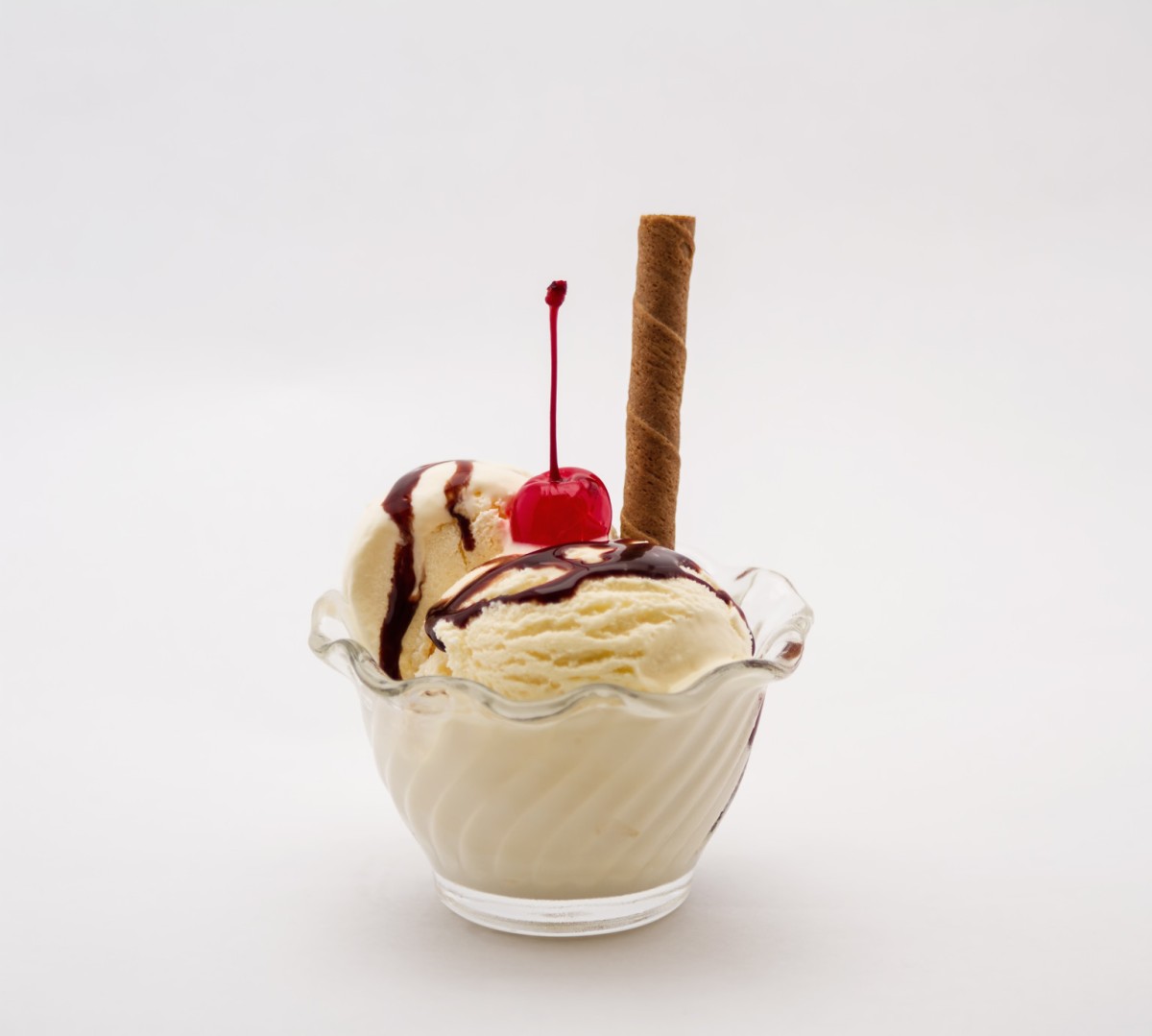
In one experiment, a promotion using the alliterative phrase “4 flapjacks $4.13” was judged “a good deal” more often than promotions for both “4 flapjacks $3.87” and “4 pancakes $4.13,” a result the authors attributed to the greater processing efficiency facilitated by phonetic overlap.
In addition, in a small field demonstration at an ice cream shop, the professors promoted an ice cream sundae on successive Saturdays, initially advertising it as a “mega sundae $5.99” and the next week as a “super sundae $6.00.” The super sundae outsold the mega sundae as a proportion of total sales, by a factor of almost 2.
Source: Alliterative Product Promotions Pique Purchasers – Science Daily.
You must be logged in to post a comment.